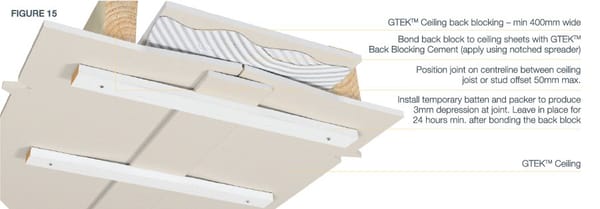
Painting Quality Assurance Record Keeping for Residential Construction
In this guide we explain Painting QA record-keeping, key documents like Coating Inspection Reports, and actionable tips for you to protect your investment and achieve quality results.






